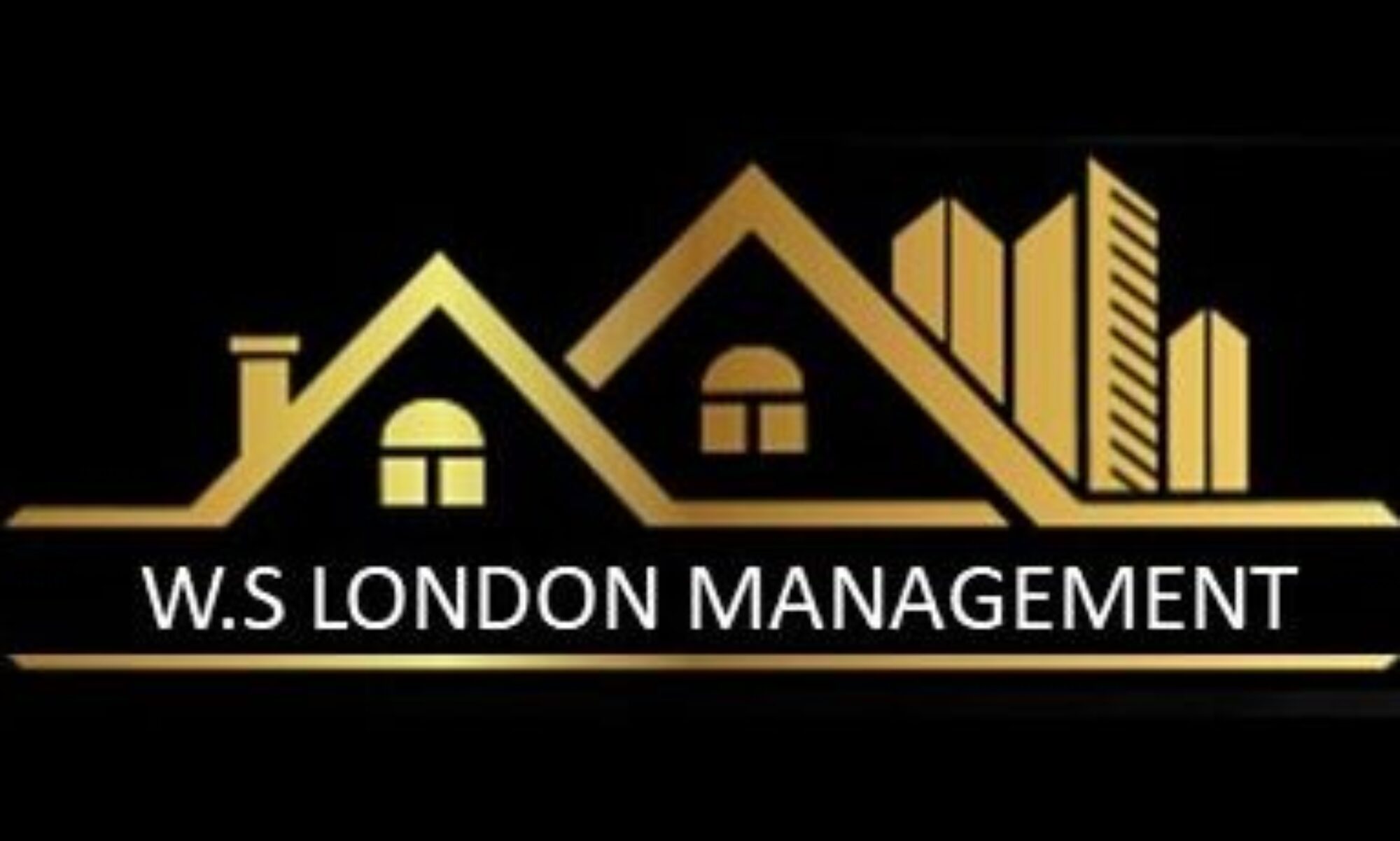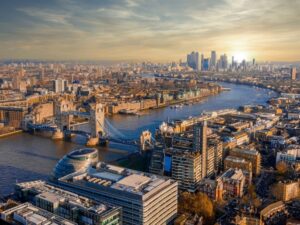As capital flows across international borders, seeking stable investments and prestigious properties, London has emerged as an irresistible magnet for high-net-worth individuals and overseas investors.
In this article, we’ll explore just how and why London’s luxury property market is proving to be so attractive to overseas investors.
London’s appeal extends beyond its iconic landmarks and heritage; it hinges on a number of factors including investment opportunities and steadily climbing property values. These opportunities are not only capitalised on by UK-based investors, but also from those overseas.
Overseas investment into property in the UK offers firm, stable and passive income. This much has been proven time and time again. With so many high-net individuals across the world having a degree of their assets comprising bricks and mortar, we see investors from so many different corners. Investors from diverse regions such as Asia, the Middle East, and Europe have increasingly viewed London as a strategic investment hub, propelling the city’s property market onto the global stage. This heightened interest has significantly influenced the landscape of luxury properties, shaping architectural trends and defining the city’s skyline.
London’s luxury property market has undergone a remarkable evolution, shaped by historical events, economic fluctuations, and shifting global dynamics.
From the townhouses of Mayfair to the contemporary high-rise developments along the Thames, the market has adapted to cater to changing investor preferences and international demands.
What Has Happened To London’s Luxury Market Over The Years?

London’s ascent as an alluring global financial powerhouse traces its roots to its historical significance as a centre for trade and commerce. Dating back to the times of the British Empire, London served as a hub for international trade, laying the groundwork for its prominence in global finance and foreign investment.
The city’s resilience during economic downturns, including wars and financial crises, cemented its reputation as a safe haven for investments. Additionally, the establishment of institutions like the Bank of England further solidified London’s credibility as a financial hub.
If you rewind the clocks back to 2008, the nation was seemingly crippled by the ‘Credit Crunch’ recession — a financial crisis that saw property prices plummet. Londoners were unable to afford to move home during these difficult times, providing prospective investors an easy entry into the London property market.
For those who entered the London property market during this time, the figures speak for themselves.
When you look back to the recession, the average property price in London was just short of £300,000.00” “Now, they’re projecting towards the £550,000.00 mark — that’s a staggering uplift of over 56 per cent.
Buying in London during the Credit Crunch has been a rewarding opportunity to plenty of investors, and that success can be found in knowing how to operate around the property market cycles.
Following this came a boom in demand. The 2012 Olympics saw an influx in infrastructure upgrades, particularly in East London creating demand for this area. Most recently, the COVID-19 pandemic stirred plenty of London residents to reassess their needs from their property, stemming further demand for certain types of housing.
This has meant that for the best part of 15 years, property prices in London have continuously gained in value, creating a lucrative return on investment for investors — both within the UK and overseas.
A Diverse Property Market
London’s property market offers a vast spectrum of investment choices, ranging from historic properties like the iconic Georgian and Victorian townhouses to modern, high-rise luxury apartments and penthouses.
Each neighbourhood and area carries its unique charm, catering to the diverse tastes and preferences of affluent investors, as well as prospective occupants who can provide the investors with passive income.
Investors can choose between iconic properties in pre-established, high-in-demand areas like Mayfair or newly developed luxury residences along the Thames, ensuring a broad range of investment options aligned with various investment strategies and lifestyle preferences.
Cultural and Lifestyle Attractions
London is home to diverse and inclusive communities, which appeals to investors seeking a vibrant and multicultural environment.
In addition, it boasts luxury amenities, high-end shopping districts, Michelin-starred restaurants, world-class entertainment, and prestigious educational institutions.
Combined, these components weave together seamlessly to contribute to the city’s desirability among affluent investors looking for a high-quality lifestyle.

Growth and Opportunities in London’s Luxury Property Market
Recent data indicates a steady upward trend in the luxury property segment in London. Despite occasional fluctuations, the market has shown resilience, with property values generally on an upward trajectory, attracting investors seeking long-term appreciation.
Several factors contribute to the growth of London’s luxury real estate, including sustained demand from affluent individuals, scarcity of prime properties, and the city’s allure as a safe haven for real estate investment, especially during times of global uncertainty
The wealth of up-and-coming areas in Central London further heightens this attraction to foreign investment. While historically established areas like Mayfair and Knightsbridge have held their cgarm, new pockets of London are emerging as hotspots for luxury real estate.
Areas such as Battersea Power Station, Nine Elms, and Canary Wharf are witnessing substantial development and garnering attention, particularly from overseas investors.
Infrastructure development, urban regeneration projects, and ambitious architectural ventures contribute to the appeal of these emerging areas of the capital. Proximity to amenities, waterfront views, and modern, sustainable designs are all attractive components to any investor eyeing potential growth in these areas.
Impact of Foreign Investment on London’s Luxury Real Estate
Foreign investment plays a pivotal role in shaping London’s luxury real estate market, influencing pricing dynamics, spurring development, and altering the cityscape.
Foreign capital often fuels large-scale property developments and regeneration projects, transforming once-neglected areas into thriving, sought-after neighbourhoods. These investments contribute not only to the physical landscape but also to the overall economic revitalisation of the region.
In many instances, foreign investment initiatives include funding for infrastructure enhancements, such as transportation networks, public spaces, and cultural venues. These improvements not only benefit local communities but also enhance the appeal of adjacent luxury properties.
While foreign investment undoubtedly infuses vitality and dynamism into London’s luxury real estate, it also prompts discussions around affordability, gentrification, and the balance between catering to global investors and meeting the needs of local residents. Striking this balance is crucial to ensuring sustainable growth and inclusive development in the city’s real estate landscape.
Ultimately, London’s reputation for financial stability, backed by robust regulatory frameworks and legal protections, fosters confidence among foreign investors. Its position as a leading centre for asset management and wealth preservation amplifies its attractiveness in the eyes of international investors seeking secure and lucrative investment opportunities.
If you would like to discuss any of these potential investment opportunities, providing a hassle-free passive income, we would be more than happy to speak with you.




